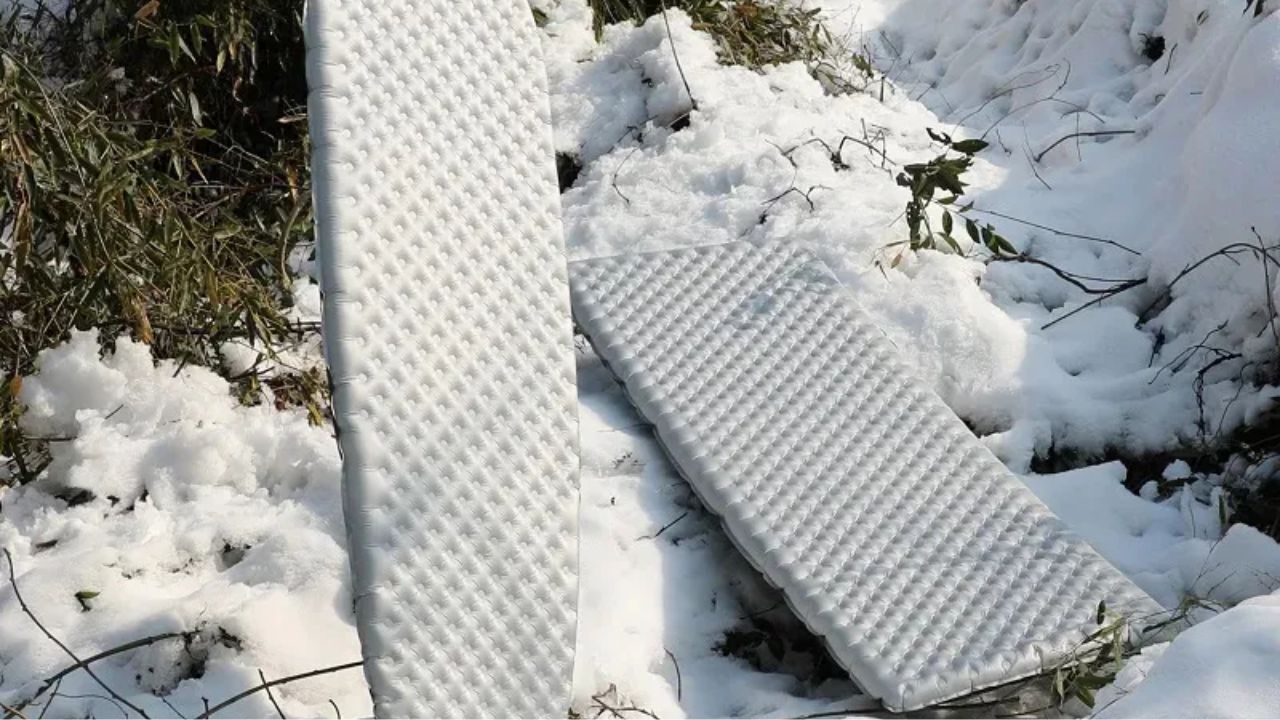Insulation is important in order to maintain personal comfort and safety when hiking or camping outdoors, particularly in colder regions. While many insist on having an insulated sleeping bag, the function of a sleeping pad in minimizing heat transfer is disregarded.
This article discusses insights on the use of sleeping pads, particularly in promoting a comfortable and secure sleep outdoors. After this, rush to Light tour, a leading sleeping pad brand, to grab your share.
Heat Transfer: Understanding the Basic Concept
Before you learn about the significance of sleeping pads, it’s essential to understand the mechanism of heat transfer. It transfers through three main mechanisms: conduction, convection and radiation.
- Conduction is one of the heat transfer mechanisms where heat energy flows directly from one object to another in contact.
- Convection means heat transfer through the displacement of fluid or gasses, such as air.
- The transfer of heat by the emission of electromagnetic waves and without the involvement of any medium is referred to as radiation.
Conduction is the leading mechanism through which heat is lost from the human body to the surrounding when people sleep in cold climates. This makes the body heat to be radiated to the external environment especially when one is lying on the ground. . This heat transfer from the body to the environment can leave the body in shock, leading to hyperthermia.
The Role of Sleeping Pads
Sleeping pads act as an insulator between the body and the cold surface, minimizing conductive heat loss. This is made possible by offering an insulating barrier and confining a pocket of air between the sleeper and the ground. The air trapped in the layers insulates and thus slows the rate of heat loss to the ground.
The R-value is a measure of the thermal resistance. Sleeping pads with greater R-values are better insulation protectants and are most desirable for cold climates.
Types of Sleeping Pads
There are three main types of sleeping pads. Each type has its pros and cons regarding insulation, comfort, and sturdiness.
- Air Pads: These pads are light in nature, and when rolled, their size is reduced, making them ideal for backpackers. It provides excellent cushioning when inflated to the maximum but has poor durability. They can easily pop and require quite an amount of energy to be inflated.
- Self-Inflating Pads: These pads consist of open-cell foam insulation with a closed-air cavity. They are comfortable, well-insulated, and easy to use, depending on their designs. However, they are heavier and much bigger than air pads usually are.
- Closed-Cell Foam Pads: These pads are made of dense foam with small closed cells where air can not penetrate in. These are quite light in weight, rugged in nature, and ensure a good level of insulation. However, they are not as comfortable as air or self-inflating pads and are also rather cumbersome to carry around.
Conclusion
Out of all types of outdoors sleeping gear, a sleeping pad is one that must never be forgotten during camping. Sleeping pads help in preventing conductive heat loss throughout the night and therefore ensuring comfort throughout the night.
Factors such as the expected temperature range of the location, comfort and insulation properties or R-value of the pad should be considered when buying a sleeping pad. This leads to an overall exciting and comfortable stay even if one is out in the wilderness.
